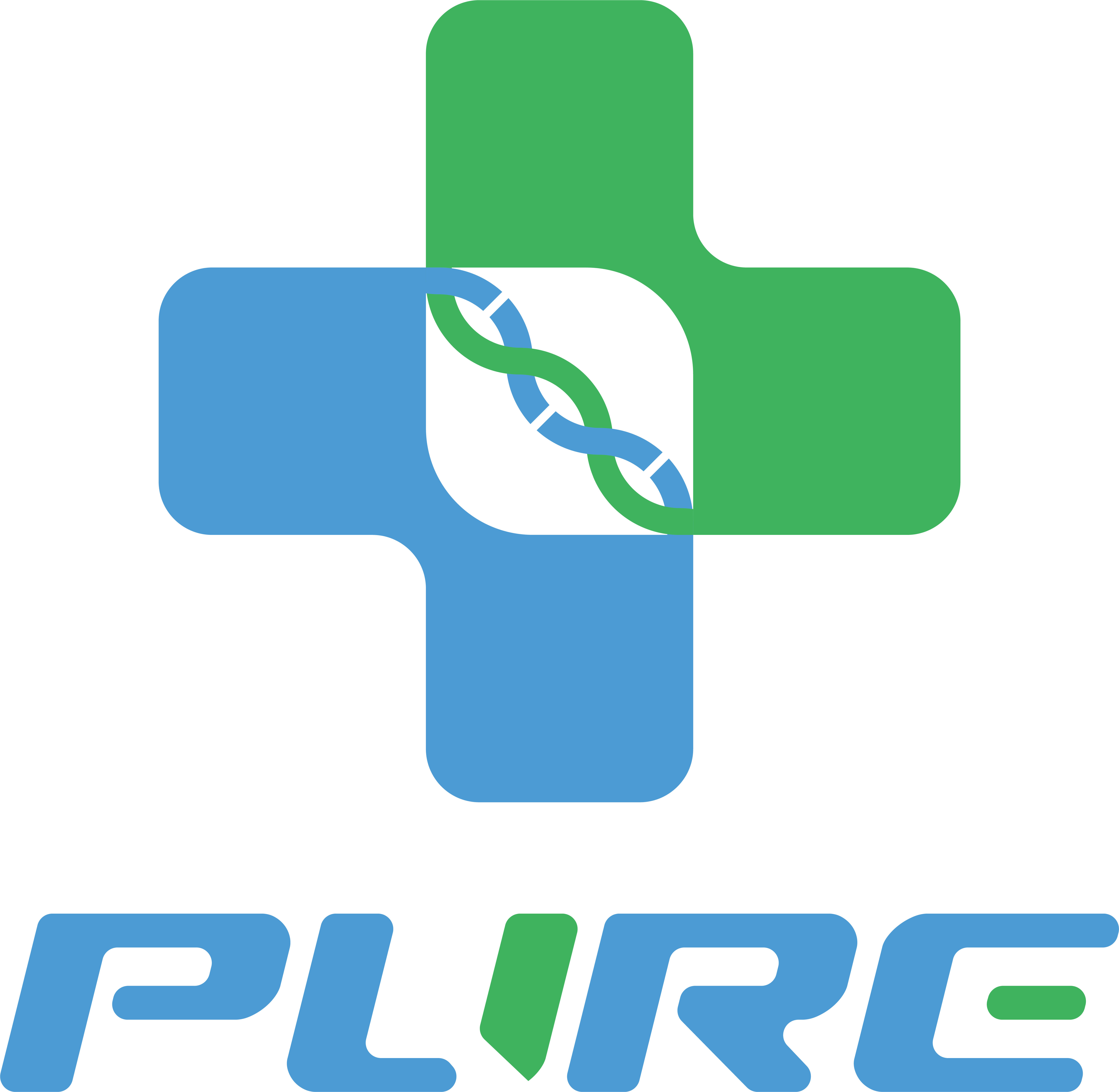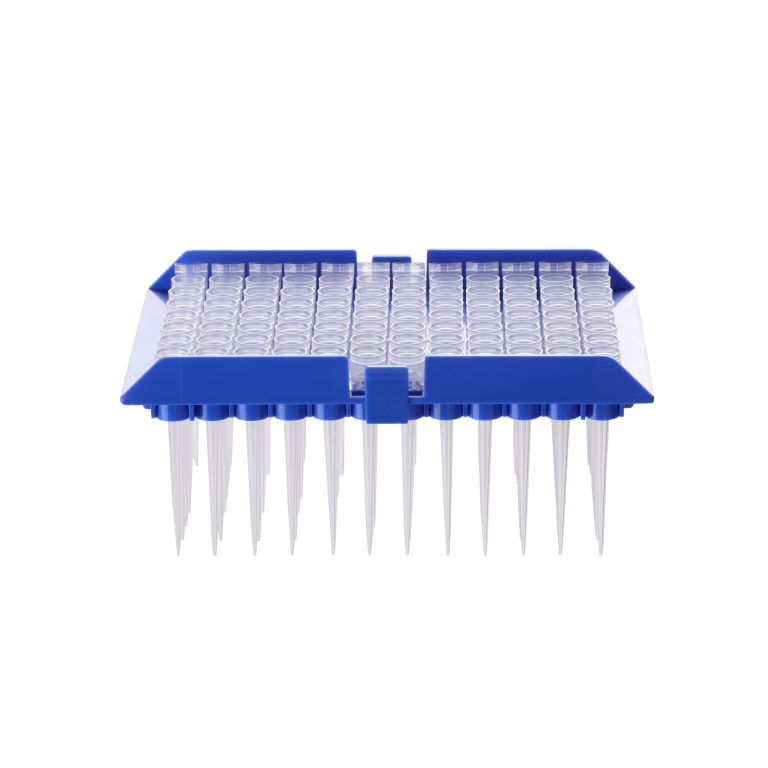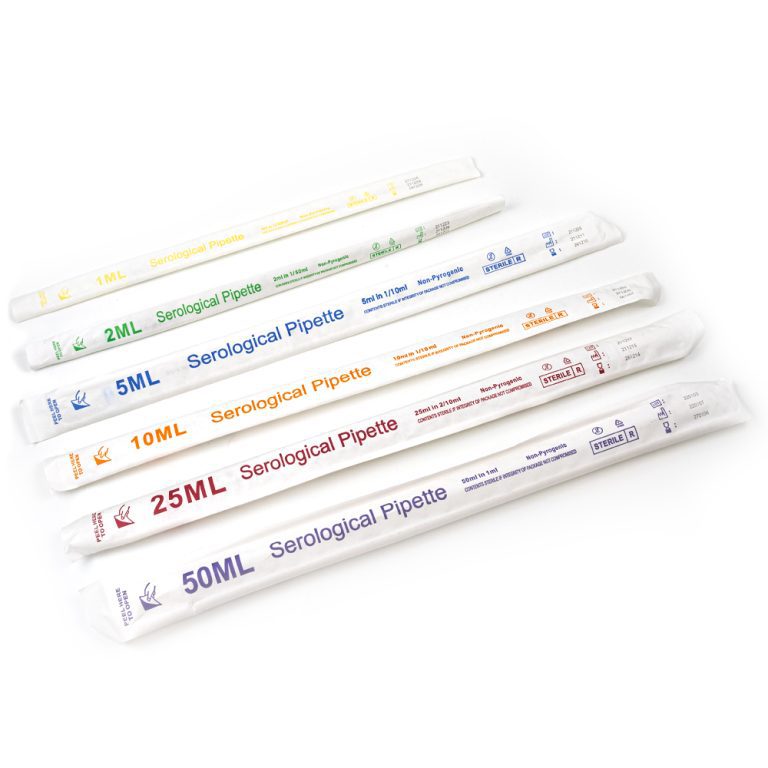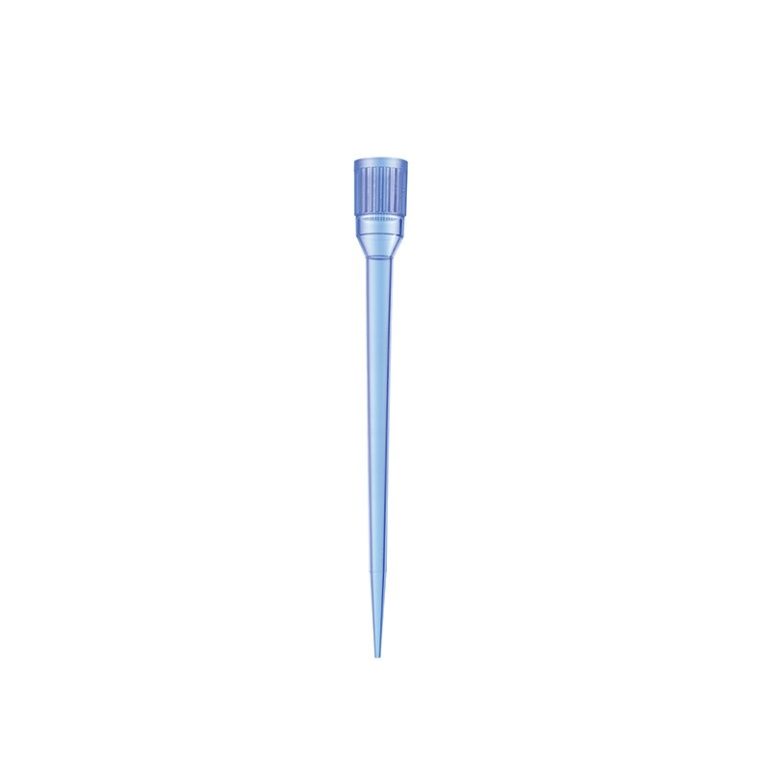Here are some common use cases and applications of deep well plates:
– Compound storage – Storing chemical libraries or other reagents for screening assays. The deep wells allow large volumes.
– Sample storage – Archiving biological samples like proteins, nucleic acids, and cell lines at low temperatures. Provides high storage density.
– Master plates – Preparing dilution series of compounds or other reagents in deep wells to then transfer to assay plates.
– Solubility studies – Assessing solubility of compounds in different solvents using deep well format.
– Cell-based assays – Culturing and treating cells in deep wells to accommodate larger volumes required for some cell types.
– Serial dilution assays – Performing antibody or virus titer measurements via serial dilutions in deep well plates.
– ELISA assays – Doing colorimetric ELISA assays for proteins where larger sample/reagent volumes are advantageous.
– Purification – Using deep well plates for basic multi-sample protein or nucleic acid purifications.
– qPCR – Performing real-time quantitative PCR with reaction setup done in deep well plates.
– Next-gen sequencing – Preparing sequencing libraries from multiple samples using deep well formats.
– Cryopreservation – Freezing dilute cell suspensions in multiple aliquots stored in deep well plates.
– Cell culture growth – Expanding cells requiring large media volumes most conveniently in deep well plates.
So in summary, deep well plates provide larger sample capacity in standardized plate formats convenient for assays, storage, and sample handling.



